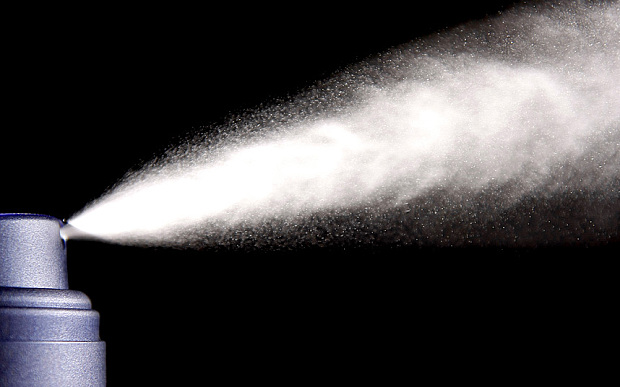Lives are being put at risk from air pollution inside homes caused by everything from boiler fumes to air fresheners and scented candles, it has been claimed.
The warning comes from a joint study by the Royal College of Physicians and the Royal College of Paediatrics and Child Health to be published this week.
The danger of pollution in the street from car fumes is well understood, but many people are ignorant of the risks from air inside the home.
The drive to cut energy bills by insulating properties – keeping out drafts and installing windows that do not open – is playing a part in trapping a potentially toxic cloud of air.
The report, Every Breath We Take, warns that at least 40,000 deaths a year in the UK can be linked to the effect of air pollution outside and inside the home.
According to the report ‘indoor air pollution may have caused or contributed to 99,000 deaths annually in Europe’.
It suggests that everyday kitchen products, faulty boilers, open fires, fly sprays, air fresheners, deodorants, DIY and cleaning products contribute to poor indoor air quality.
Household sprays often use chemicals known as Volatile Organic Compounds (VOCs), which start off as solids or liquids but readily evaporate into the air.
Recent research in York found raised levels of a VOC called limonene, which is used heavily in air fresheners and scented candles, to give a lemon citrus smell.
It is dangerous to inhale on its own and can become formaldehyde – a carcinogen that burns the eyes, irritates the skin, and incites coughing fits, nausea, as well as nose and throat cancers – when it mixes with other airborne elements.
At the same time, certain furniture, fabric, furnishings, glue and insulation can emit formaldehyde vapour, causing irritation to the lungs.

